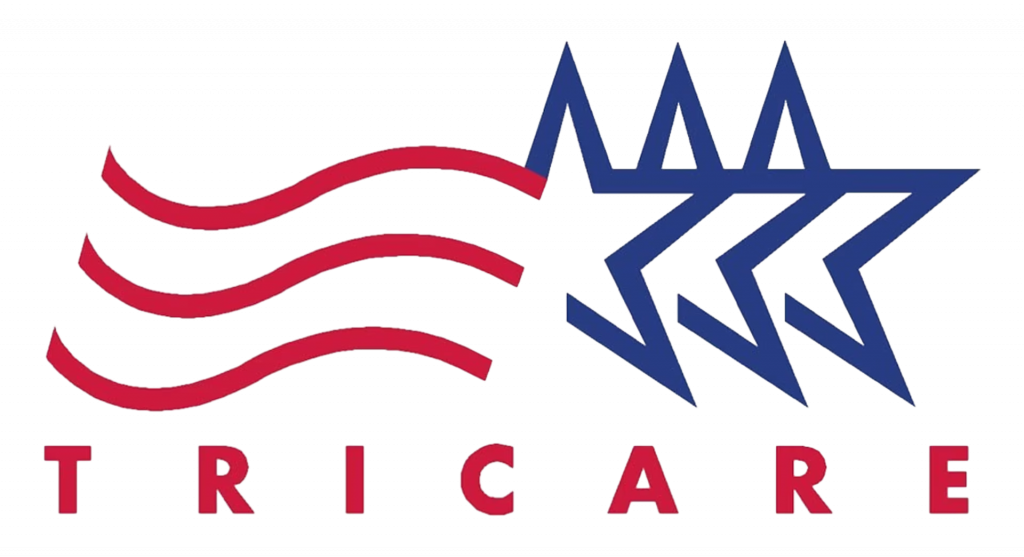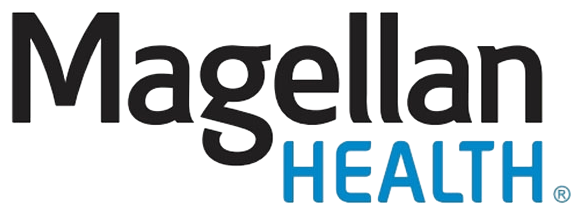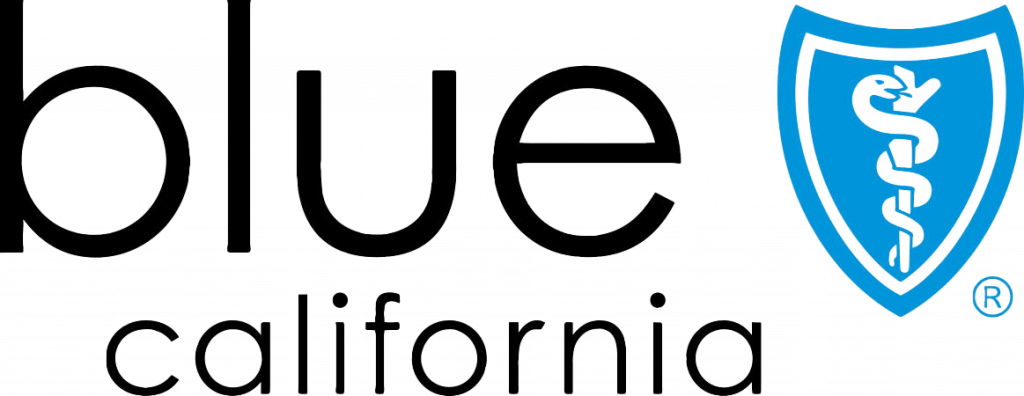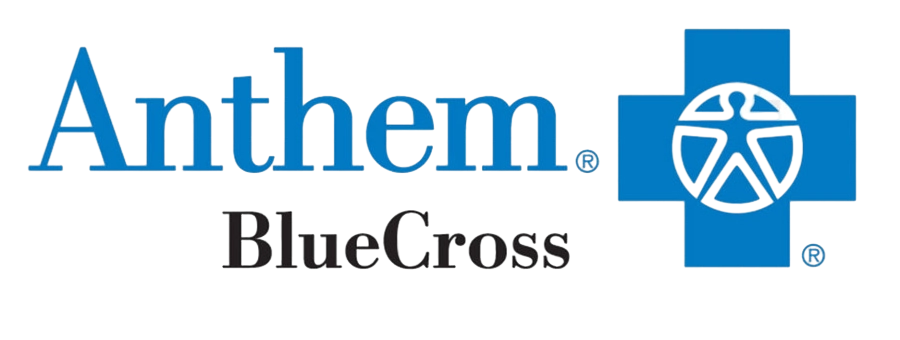
As one of the three subtypes of attention deficit hyperactivity disorder, inattentive ADHD shares the same definition and main symptoms. It is a neurodevelopmental disorder that impacts impulse control and attention. Symptoms can cause significant distress and interfere with daily life. While ADHD is most commonly diagnosed in children, the disorder often persists into adulthood, or many people aren’t diagnosed until adulthood. Identifying ADHD can be a challenge, as differentiating symptoms from normal levels of inattention is often difficult.
Inattentive ADHD, or ADHD-I is characterized by predominantly inattentive symptoms and fewer hyperactive and impulsive symptoms. Fatigue and lethargy are sometimes reported as well.
In adults, ADHD symptoms manifest differently than they do in children. For example, some of the common signs of inattentive ADHD in adults include:
Emotional dysregulation, although not listed as an official symptom, is widely recognized as a common sign of ADHD. This can lead to problems with social skills and maintaining friendships. People with attention deficits are also prone to struggle with processing verbal and nonverbal language, such as missing social cues.
If you’re like many adults with inattentive ADHD, you might not recognize your symptoms. You might just feel like everyday tasks are a challenge. You might struggle with deadlines at work or frequently forget about meetings or social plans.
The causes of inattentive ADHD are not fully understood, but research suggests that it may be a combination of genetic and environmental factors.
Genetics play a significant role in the development of ADHD, with studies showing that the disorder tends to run in families. Research has identified several genes that may be linked to the development of ADHD. However, it is important to note that having one or more of these genes does not necessarily mean that a person will develop ADHD.
Environmental factors, such as prenatal exposure to certain toxins or brain injuries, may also contribute to the development of ADHD. Studies have also suggested that certain prenatal and early life experiences, such as maternal stress or smoking, may increase the risk of ADHD.
It is also thought that some brain functions, particularly in the areas responsible for attention, impulse control, and activity level, are affected in ADHD, which might be contributing to the symptoms of the disorder. One theory is that ADHD is caused by an imbalance of certain neurotransmitters, which are chemicals that transmit signals in the brain. Specifically, there may be low levels of dopamine and norepinephrine, which play a role in attention and motivation. Other research suggests that ADHD may be related to structural and functional differences in certain brain regions, including the prefrontal cortex, which is involved in attention, decision making, and impulse control, and the basal ganglia, which is involved in motor control and motivation. Another theory is that ADHD is related to problems with the development of the brain during pregnancy and early childhood. Factors that may contribute to this include exposure to toxins, such as lead, or poor nutrition during pregnancy, as well as premature birth, low birth weight, or brain injury.
If any of these symptoms or behaviors sound familiar, you should make an appointment at Bespoke Treatment for assessment. Additionally, if your behavior and lack of focus disrupts your life and prevents you from achieving your full potential, you should seek professional help.

For adults struggling with inattentive ADHD, there are a variety of treatment options available:
There are several medications that are commonly used to treat Attention Deficit Hyperactivity Disorder (ADHD). Stimulants are the most commonly prescribed medications for ADHD. They work by increasing the levels of certain neurotransmitters in the brain, such as dopamine and norepinephrine. Examples of stimulant medications include methylphenidate, dextroamphetamine, and lisdexamfetamine.
Cognitive Behavioral Therapy (CBT) is one of the most widely used therapies for ADHD. CBT is a type of talk therapy that helps individuals change negative thought patterns and behaviors that may be contributing to their symptoms. It can help individuals with ADHD develop strategies to manage their symptoms, such as learning how to prioritize tasks, breaking down large tasks into smaller ones, and staying organized.
Transcranial magnetic stimulation (TMS) is a non-invasive method that uses magnetic fields to stimulate specific areas of the brain. The theory behind using TMS for ADHD is that it can help to increase activity in the prefrontal cortex, which is the area of the brain responsible for attention and impulse control. By stimulating this area, TMS may be able to improve symptoms of ADHD such as difficulty paying attention, impulsivity, and hyperactivity. TMS for ADHD is generally considered a safe and well-tolerated treatment, with few side effects.
Ketamine is a medication that is traditionally used as an anesthetic and is FDA-approved to treat treatment-resistant depression. In recent years, it has been studied as a possible treatment for Attention Deficit Hyperactivity Disorder (ADHD). The mechanism by which ketamine may improve symptoms of ADHD is not fully understood, but it is thought to work by increasing the levels of the neurotransmitters glutamate and GABA in the brain. These neurotransmitters are involved in regulating mood and cognitive function, and their imbalance is thought to play a role in the development of ADHD.
Conditions like ADHD often cause abnormal activity in your brain. Neurofeedback assesses your brain waves to identify the irregular activity. Then, in subsequent sessions, the treatment retrains your brain to follow healthy activity patterns. Neurofeedback treatment with the IASIS microcurrent equipment is relatively quick. You simply need to sit still for a few moments while wearing the neurofeedback electrodes. The painless procedure identifies positive and negative brain activity and responds with a mild microcurrent of energy to direct your brain toward the normal activity patterns.
Bespoke Treatment offers highly personalized treatment plans for ADHD. You begin with a thorough evaluation, which allows your provider to learn about your symptoms, lifestyle, and health to diagnose your condition. We then create a customized treatment plan. In addition to conventional treatments such as medication and therapy, Bespoke Treatment offers transcranial magnetic stimulation, ketamine, and neurofeedback using innovative IASIS microcurrent equipment.
If you’re concerned about ADHD, call Bespoke Treatment or request an appointment online today.









